Birds add magic to our outdoor spaces with their melodious songs, vibrant colors, and fascinating behaviors. For bird enthusiasts and casual observers alike, understanding when our feathered friends are most active can significantly enhance the bird-watching experience. The rhythms of avian activity follow predictable patterns influenced by various factors including daylight, temperature, seasons, and species-specific behaviors. Whether you’re hoping to photograph birds, identify new species in your yard, or simply enjoy their presence, knowing the peak times for bird activity will help you make the most of your backyard bird-watching adventures.
The Dawn Chorus: Early Morning Activity
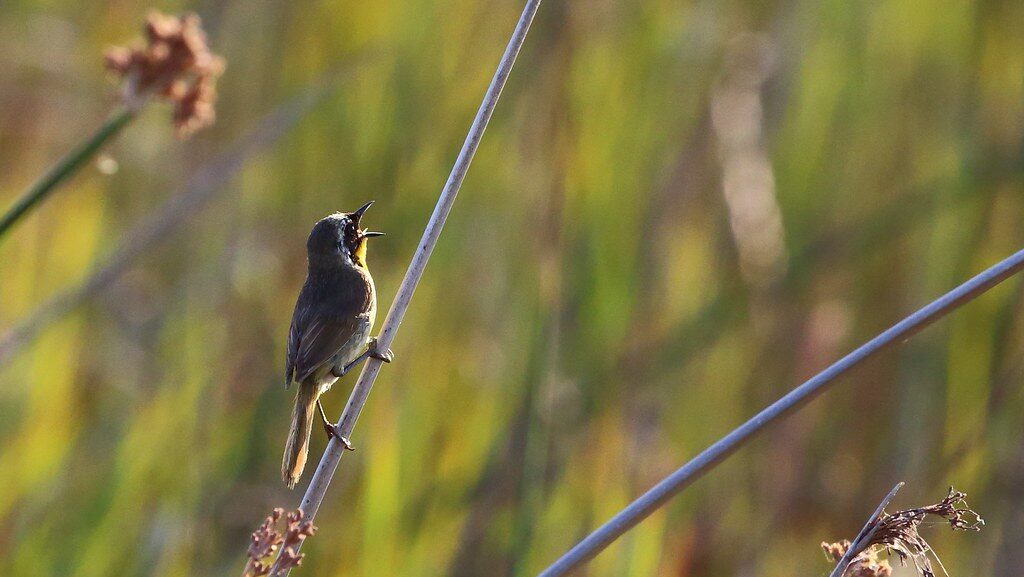
The most significant period of bird activity occurs during the early morning hours, often beginning before the sun has fully risen. This phenomenon, known as the “dawn chorus,” typically starts about 30-45 minutes before sunrise when birds burst into song in a coordinated symphony. Male birds are particularly vocal during this time as they establish territories and attract mates, creating a crescendo of birdsong that peaks just as the sun appears on the horizon. The dawn chorus is especially pronounced during spring breeding season but occurs to some degree throughout the year. Many ornithologists believe birds sing most actively at dawn because sound travels farther in the still, cool morning air, making their songs more effective for communication.
Mid-Morning Feeding Frenzy
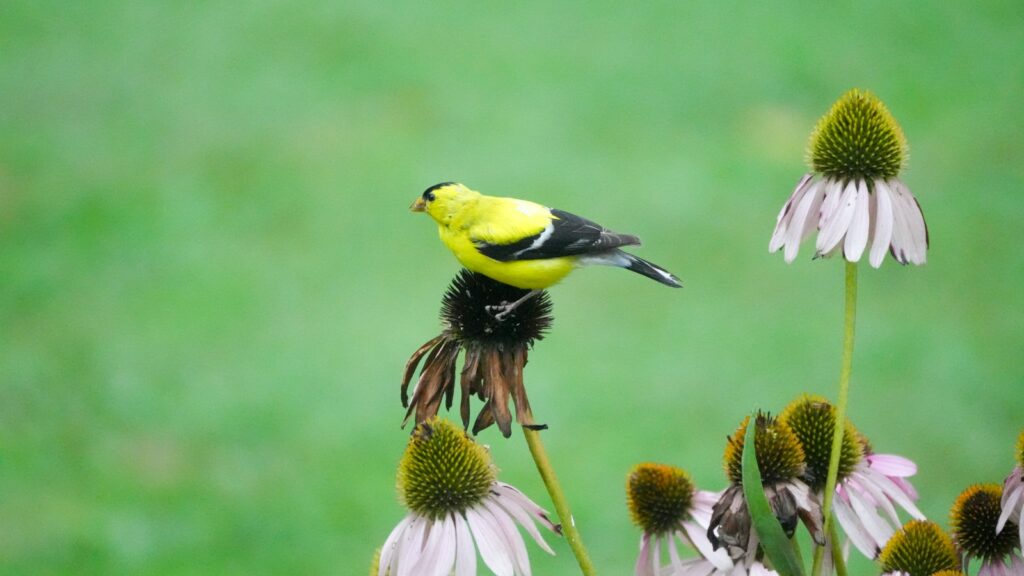
After the initial burst of dawn activity, birds typically transition to active feeding between 8:00 AM and 10:00 AM. During this mid-morning period, birds are highly visible as they busily forage for food to replenish energy expended during the night. Seed-eating birds like finches, sparrows, and cardinals will frequent feeders, while insect-eaters such as warblers and flycatchers actively hunt among foliage. This feeding window is particularly important for birds as their metabolisms run high, requiring frequent refueling throughout the day. Bird watchers often find this time ideal for observation, as the birds are focused on feeding rather than hiding or engaging in territorial disputes.
The Midday Lull
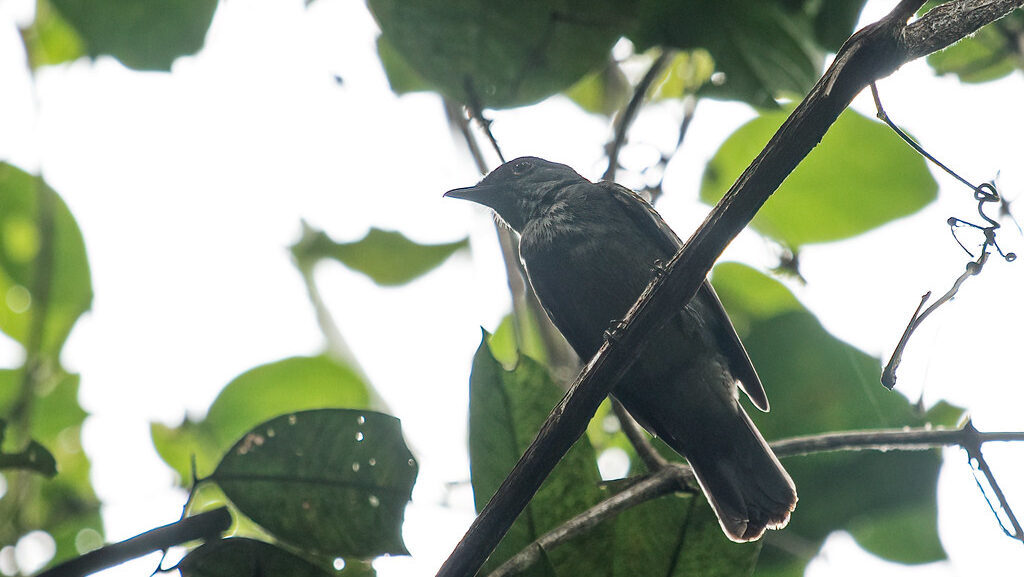
As the day progresses into the late morning and early afternoon hours, bird activity noticeably decreases in most environments. This midday lull typically occurs between 11:00 AM and 2:00 PM when temperatures rise and birds seek shelter from heat and direct sunlight. During these hours, birds conserve energy by reducing movement and finding shaded perches or dense foliage. The decrease in activity is more pronounced during summer months when midday temperatures can become uncomfortably high for many bird species. Even during this quieter period, certain birds like doves and pigeons may continue to forage, and birds of prey might take advantage of thermal updrafts for soaring.
The Afternoon Resurgence
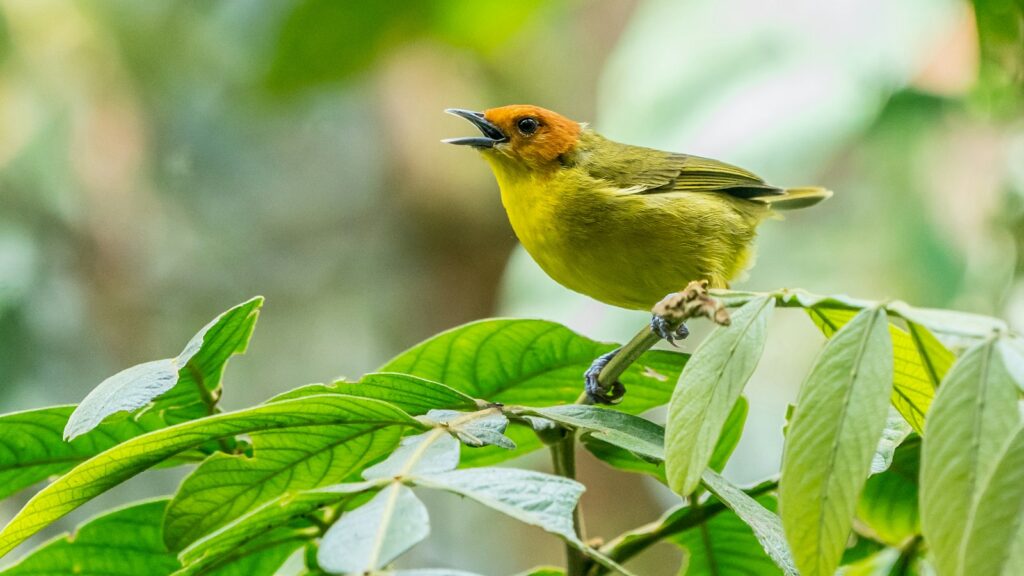
As the intensity of the midday sun begins to wane, backyard birds typically resume activity in the late afternoon, usually beginning around 3:00 PM to 4:00 PM. This second wave of feeding behavior is critical for birds to store enough energy to survive the coming night, especially during colder months when nighttime fasting periods are longer. Different species may become more prominent during this period than were active in the morning, creating opportunities to observe birds that were less visible earlier in the day. The afternoon feeding period is generally less frenzied than morning feeding, with birds taking a more measured approach to foraging as daylight begins to diminish.
The Evening Chorus
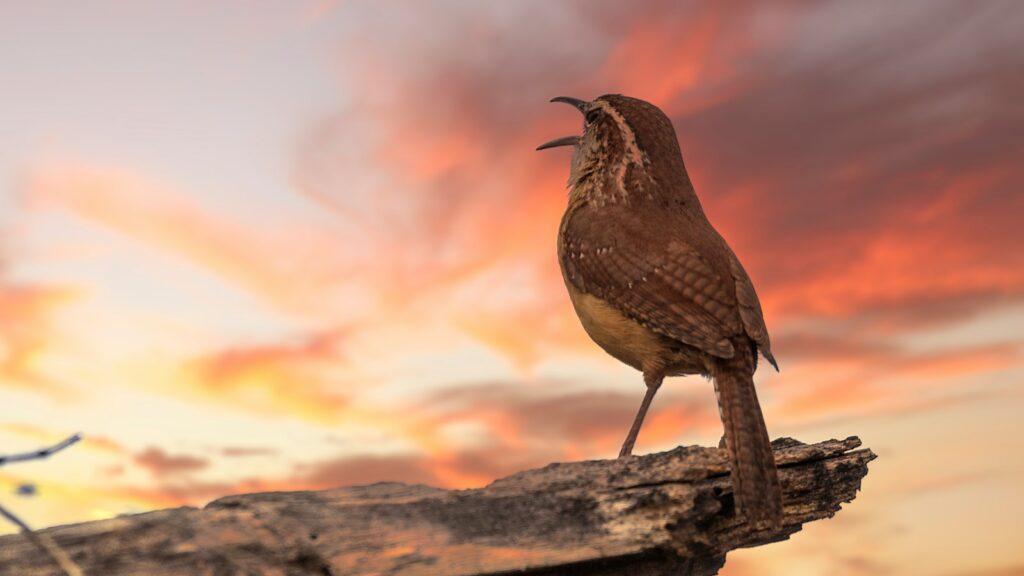
Just as birds greet the day with song, many species participate in a second, albeit more subdued, chorus as daylight fades. Beginning approximately an hour before sunset, the evening chorus serves multiple purposes in the avian world. Birds use these vocalizations to reestablish territorial boundaries that may have shifted during the day and to communicate their location to mates and offspring before nightfall. Species like robins, thrushes, and wrens are particularly vocal during this period, creating a melodic backdrop to the setting sun. The evening chorus typically doesn’t last as long as its morning counterpart, gradually fading as birds settle into their roosting spots for the night.
Seasonal Variations in Activity Patterns
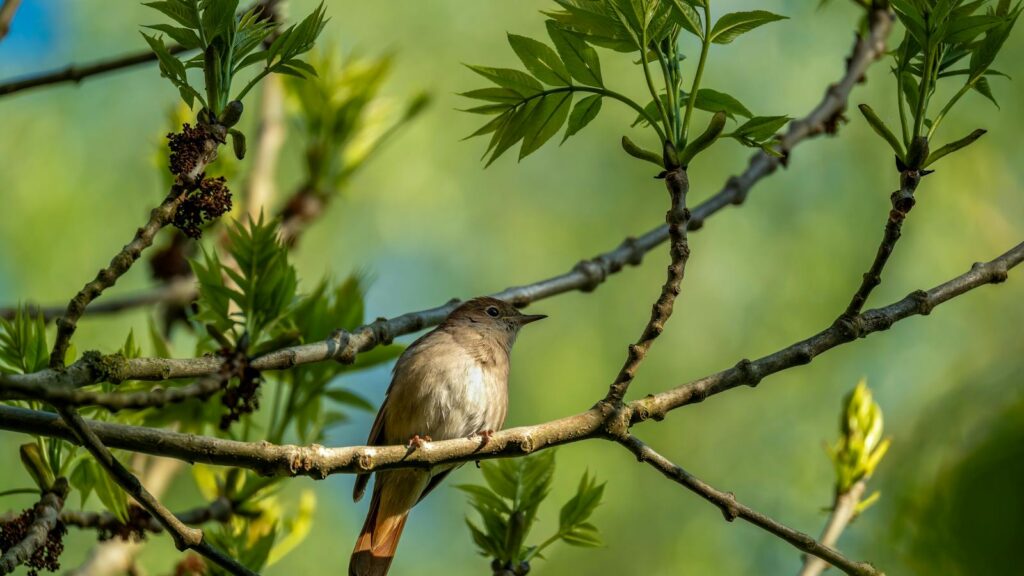
Bird activity patterns change dramatically throughout the year, with each season bringing different behavioral priorities. Spring represents the height of bird activity in most regions, with longer daylight hours, breeding behaviors, and territorial displays creating constant movement and song from dawn to dusk. Summer brings a shift toward early morning and late evening activity as birds avoid midday heat, while feeding young drives increased foraging trips. Fall introduces migratory movements and food-storing behaviors as birds prepare for winter or long journeys. Winter shows the most compressed activity pattern, with birds focusing their limited energy on intensive feeding during the shortest, warmest hours of daylight, typically between mid-morning and mid-afternoon.
Weather’s Influence on Bird Activity
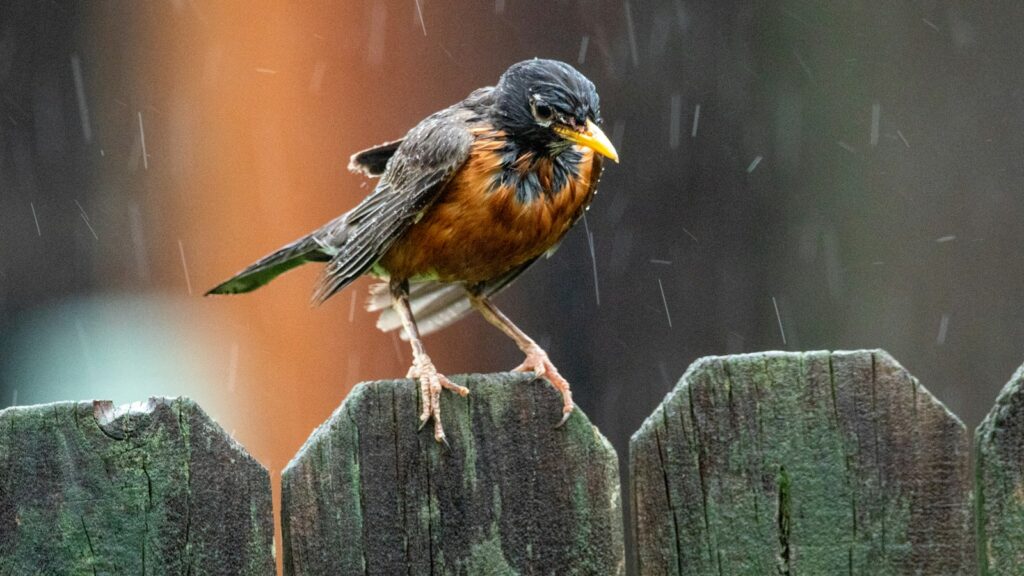
Weather conditions can dramatically alter typical bird activity patterns, sometimes overriding the standard daily rhythm. Birds generally increase feeding activity before approaching storms, sensing barometric pressure changes that humans cannot detect. During light rain, many species remain active, taking advantage of exposed insects and worms, while heavy precipitation typically drives birds to seek shelter. Extreme heat suppresses activity across most species, shifting feeding to the cooler parts of the day. Cold snaps create urgent feeding behavior regardless of time of day, as birds require more calories to maintain body temperature. Wind also plays a role, with moderate breezes often reducing activity while birds conserve energy that would be spent fighting air currents.
Different Birds, Different Schedules
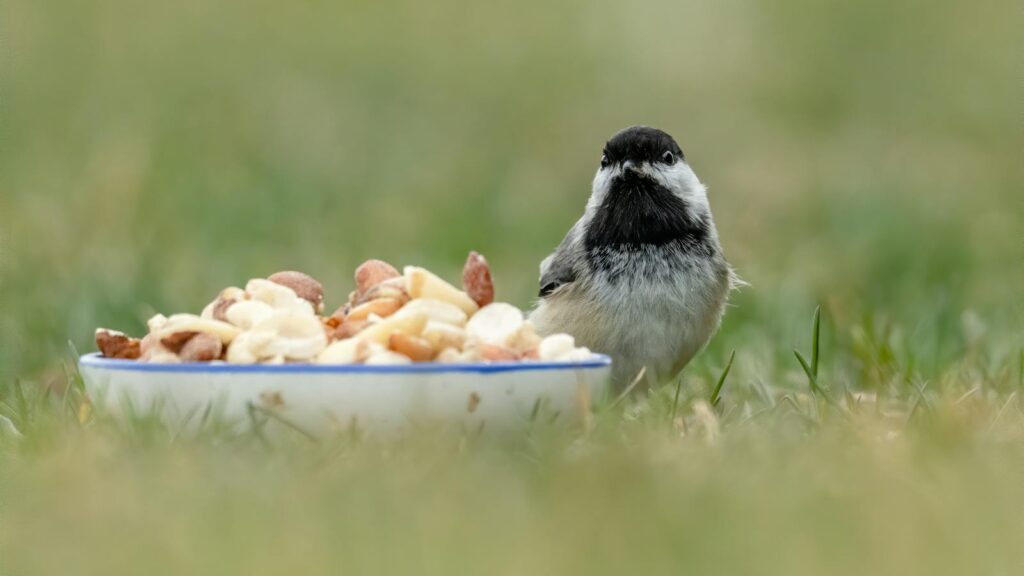
While general patterns exist, each bird species follows a somewhat unique daily schedule based on its evolutionary adaptations and ecological niche. Diurnal birds like cardinals, chickadees, and finches follow the typical daylight activity pattern, with peak movements at dawn and dusk. Crepuscular species such as certain thrushes and owls are most active during twilight hours, taking advantage of reduced competition and predation risk. Nocturnal birds, primarily owls in backyard settings, reverse the pattern entirely, becoming active after sunset and remaining so throughout the night. Some birds, particularly waterfowl and certain raptors, maintain relatively consistent activity levels throughout daylight hours rather than following the bimodal pattern common to songbirds.
Feeding Behaviors and Time of Day
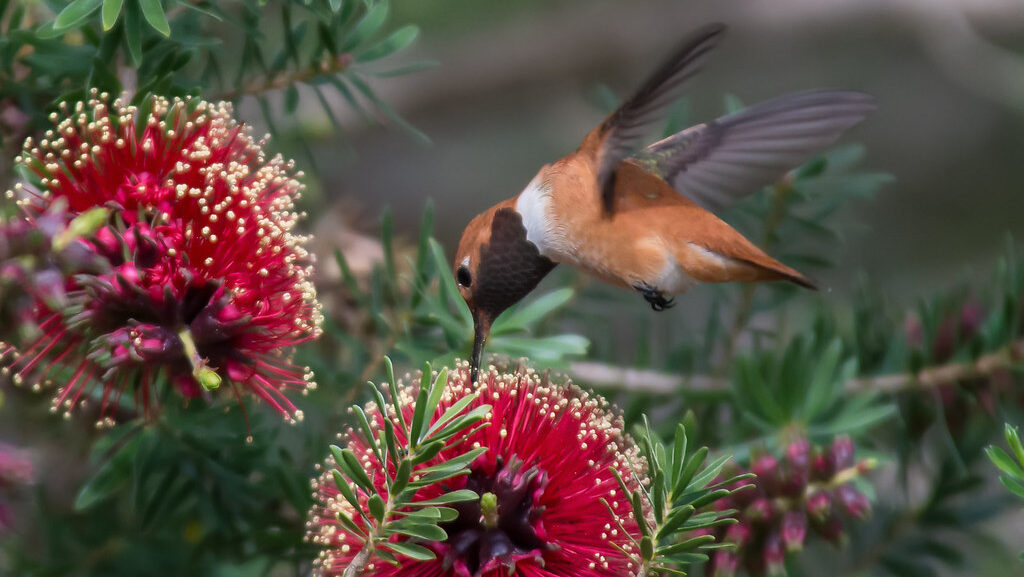
Different feeding strategies among bird species correlate strongly with their preferred activity times throughout the day. Insectivorous birds like swallows and swifts often feed most actively during morning and evening insect hatches, following their prey’s activity patterns. Seed-eating birds typically follow the classic bimodal pattern with feeding peaks after dawn and before dusk, taking advantage of optimal visibility while maintaining full crops before nighttime fasting. Nectarivores such as hummingbirds feed consistently throughout the day, requiring regular energy replenishment due to their exceptionally high metabolisms. Predatory birds often hunt during transition periods when prey species are active but visibility remains good, making dawn and dusk prime hunting times.
How Feeders Influence Activity Patterns

The presence of bird feeders in a backyard can significantly modify natural bird activity patterns by providing reliable food sources. Birds quickly learn feeder locations and incorporate them into daily feeding routes, sometimes adjusting natural schedules to access these dependable resources. Feeders can extend activity into otherwise quiet periods, particularly during harsh weather when natural food is scarce or difficult to access. Competition at feeders often creates temporal niches, with dominant species claiming prime feeding times while subordinate species adapt to feed during less crowded periods. Regular feeder maintenance and filling schedules can inadvertently train birds to anticipate food availability at specific times, creating artificial activity peaks that might not otherwise exist.
Predator Influences on Bird Activity

The presence of predators significantly shapes when and how backyard birds become active throughout the day. Birds are highly attuned to predation risk, often modifying their behavior when hawks, outdoor cats, or other threats are detected in the vicinity. Many smaller birds adopt a pattern of quick, furtive feeding visits interspersed with periods of vigilant hiding when predators are present. The regular hunting schedules of local predators can create predictable gaps in songbird activity as they seek cover during high-risk periods. Dawn and dusk represent particularly vulnerable transition times for many birds, as diminished light makes predator detection more difficult while the need to feed remains urgent.
Optimizing Your Bird-Watching Schedule

To maximize bird observation opportunities in your backyard, aligning your watching schedule with peak activity periods will yield the best results. Early risers will be rewarded with the richest experience by being outside 30 minutes before sunrise to witness the dawn chorus and subsequent feeding activity. For those unable to wake before dawn, the 3-4 hour window after sunrise offers excellent viewing as birds remain actively feeding. Late afternoon watching, particularly the two hours before sunset, provides a second prime observation window with different behavioral displays than morning offers. Weekend bird watchers can optimize limited time by planning observation sessions during seasonal peak activity periods—spring mornings for breeding behaviors and winter mid-mornings for concentrated feeding activity.
Creating a Bird-Friendly Yard for All-Day Activity
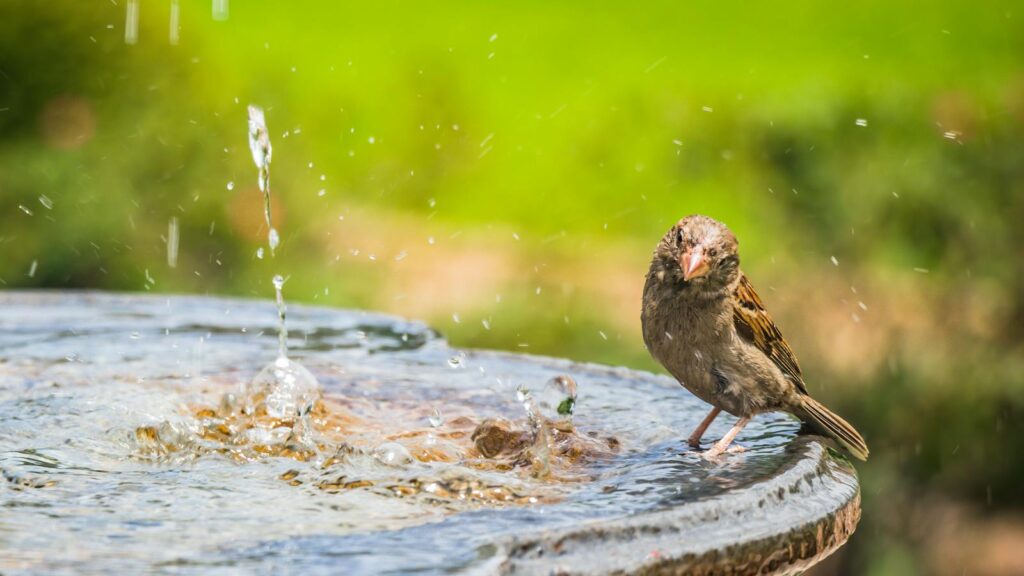
Strategic backyard habitat design can extend bird activity throughout more hours of the day, creating a more continuously active bird-watching environment. Providing diverse feeding stations with multiple food types attracts different species with varied activity schedules, from early-rising chickadees to evening-active grosbeaks. Water features become particularly important during midday lulls when birds might visit for drinking and bathing even when not actively feeding. Creating varied habitat zones with different sun exposures ensures that as the sun moves across the sky, there are always comfortable feeding and resting areas available to birds. Vertical diversity—incorporating plants and structures at different heights—accommodates species that prefer feeding at specific levels during different times of day, from ground-feeding juncos to canopy-dwelling warblers.
Conclusion
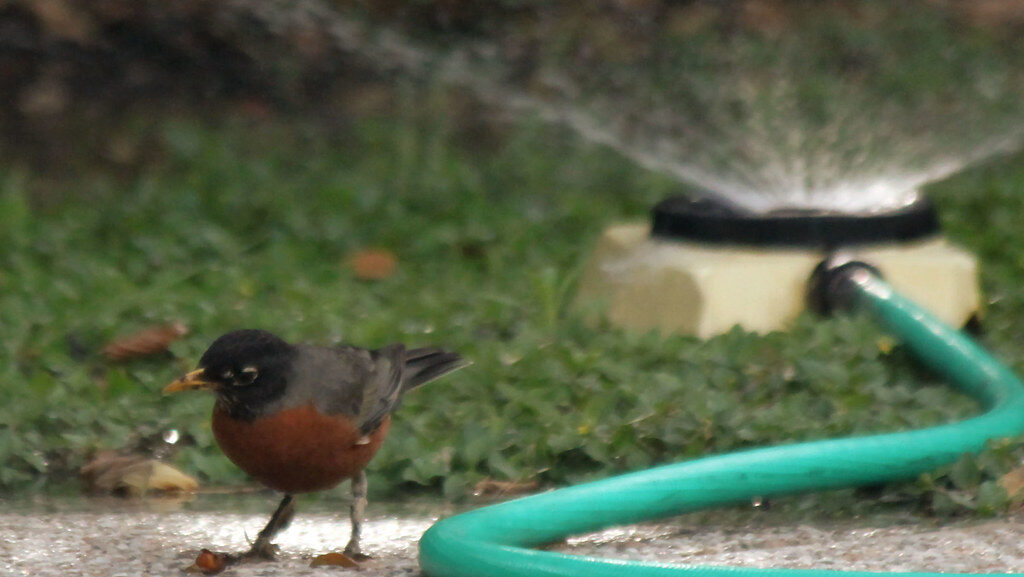
Understanding the rhythms of backyard bird activity enhances our connection to the natural world and maximizes our enjoyment of avian visitors. While the early morning remains the uncontested champion for bird activity, each time of day offers unique opportunities to observe different behaviors and species. By recognizing how factors such as season, weather, and habitat influence these patterns, we can better appreciate the complex lives of our feathered neighbors. Whether you’re an early riser ready to experience the dawn chorus or an afternoon observer catching the pre-dusk feeding frenzy, knowing when birds are most active transforms casual observation into a richer, more rewarding experience. The next time you step into your backyard, consider the time of day and what it might reveal about the fascinating world of birds happening just outside your door.
